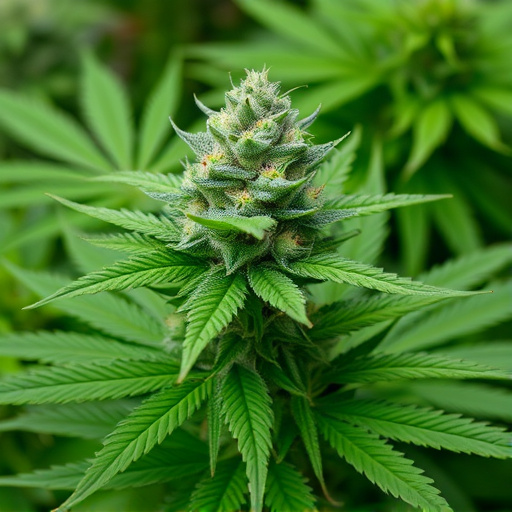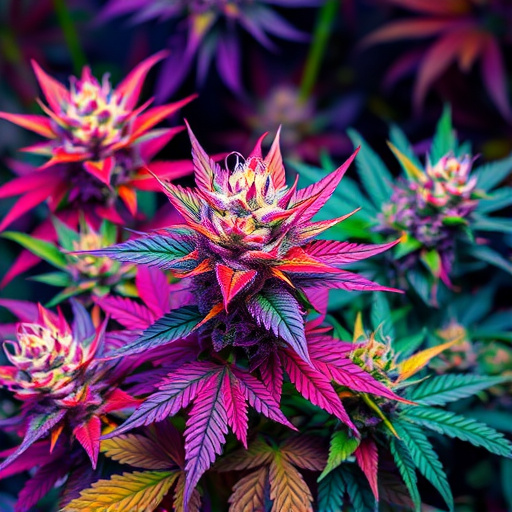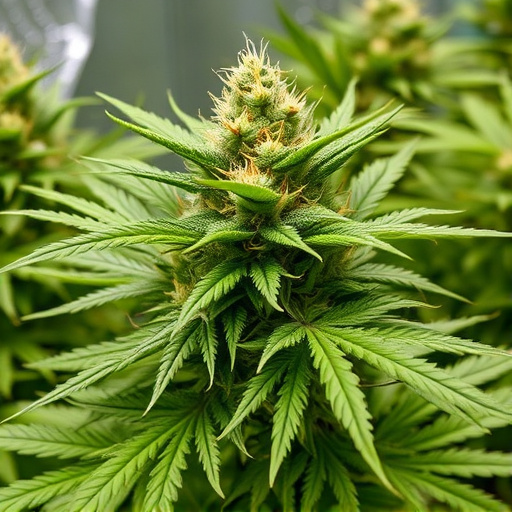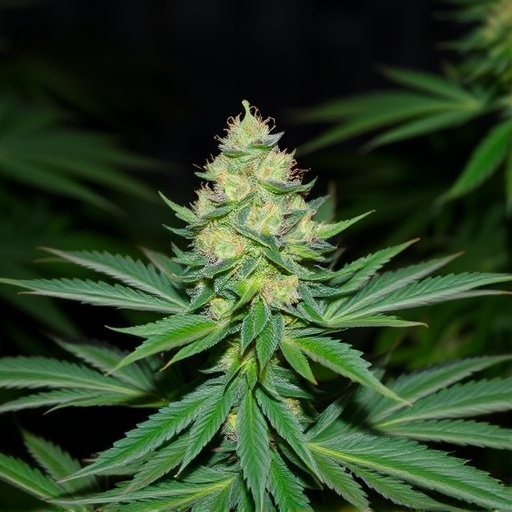Landrace strains, indigenous to specific regions and preserved through natural selection, offer unique genetic adaptations, terpene profiles, and cannabinoid compositions. Highly sought after for their potency and resilience, these strains enhance modern cultivation practices with high yields, reduced chemical reliance, and dense flower production. Preserving landraces is crucial for maintaining biodiversity, ensuring access to resilient cannabis varieties that can yield substantial amounts without heavy chemicals, ultimately promoting sustainable and profitable cultivation while conserving historical genetics.
In the quest for optimal cannabis cultivation, understanding landrace strains is paramount. These pure genetic lines, free from hybridization, possess unique characteristics and adaptabilities that make them invaluable. This article explores why landraces matter, focusing on their high yield potential, impact on agriculture, and role in preserving biodiversity. Discover how cultivating the highest yielding cannabis strains can revolutionize growing practices and safeguard genetic diversity.
- Understanding Landrace Strains: The Pure Genetic Lineup
- Highest Yielding Landrace Strains and Their Impact on Agriculture
- Preserving Biodiversity: Why Landraces Matter in Cannabis Cultivation
Understanding Landrace Strains: The Pure Genetic Lineup
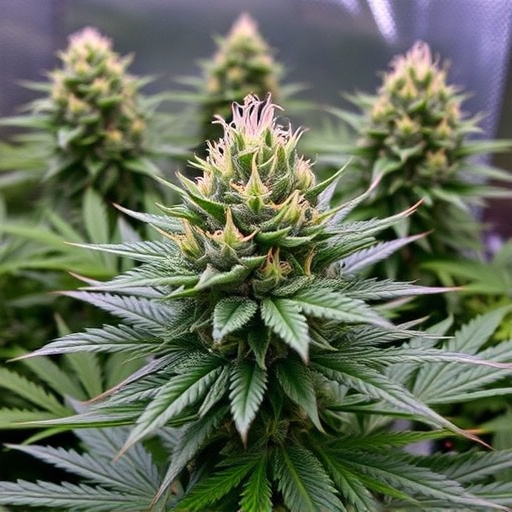
Landrace strains represent the purest form of cannabis, offering a unique genetic makeup that has been carefully preserved over centuries. These strains are essentially wild or naturally occurring varieties that have adapted to specific geographic regions, allowing them to thrive in their native environments. By understanding landraces, we gain insight into the cannabis plant’s incredible diversity and potential.
Each landrace strain carries a distinct set of genes that contribute to its unique characteristics, including potent terpenes, high cannabinoid profiles, and specific adaptations for survival. This genetic purity is what makes landrace strains highly sought after by cultivators aiming to produce the highest yielding cannabis plants. Their natural resilience and adaptability can lead to robust crops with superior quality and potent effects, making them a valuable resource in modern cannabis cultivation practices.
Highest Yielding Landrace Strains and Their Impact on Agriculture

Landrace strains, with their deep roots in specific geographic regions, hold a special place in agriculture, particularly within the cannabis industry. Among these, the highest yielding landrace strains have made significant impacts on farming practices and product quality. These strains, cultivated over centuries, have adapted to local climates and environments, resulting in robust plants that produce substantial yields. Their resilience against pests and diseases has been a boon for farmers, reducing the need for excessive chemicals and fostering a more sustainable agricultural approach.
In terms of yield, some of the highest yielding cannabis landrace strains include Thai, Afghan, and Mexican varieties. These strains are renowned for their dense flower production and potent compounds, making them highly sought after by both cultivators and consumers. The impact on agriculture is profound: increased productivity per plant, reduced input costs, and potentially higher profit margins for farmers. Moreover, these strains’ genetic diversity offers a rich pool from which breeders can create new varieties, ensuring the continuous evolution and improvement of cannabis cultivation.
Preserving Biodiversity: Why Landraces Matter in Cannabis Cultivation

In the pursuit of cultivating the highest yielding cannabis strains, it’s crucial to recognize the significance of landraces in preserving biodiversity. Landraces, or indigenous varieties, represent the natural evolution of plants over time within specific geographic regions, adapting to local climates and environments. These unique strains carry genetic diversity that can be a treasure trove for growers aiming to produce top-quality cannabis.
By conserving landraces, cultivators not only ensure the continuity of diverse genetic lineages but also gain access to a wide array of desirable traits. This includes characteristics like robust resilience against pests and diseases, adaptability to varying growing conditions, and potentially higher yields without relying on intensive chemical inputs. Embracing landrace strains is, therefore, not just about preserving history; it’s a strategic approach to enhancing cannabis cultivation while promoting ecological balance.
Landrace strains, with their pure genetic makeup, are invaluable assets in agriculture, especially in cannabis cultivation. These indigenous varieties, known for their high yield and resilience, have been shaping farming practices for centuries. By preserving biodiversity, landraces offer a wealth of genetic diversity that is crucial for adapting to changing environmental conditions and combating pests and diseases. Embracing these ancient strains not only ensures the survival of rare genetic lines but also unlocks potential for even more robust and productive crops in today’s agricultural landscape.


